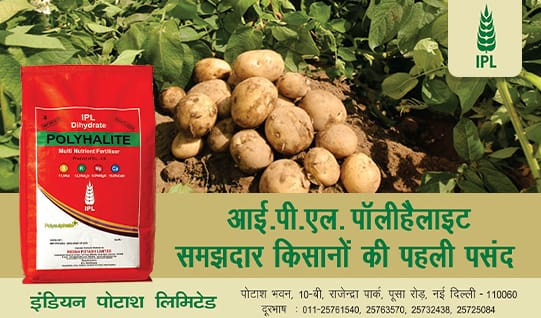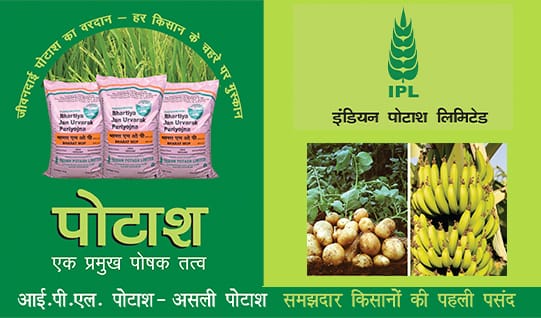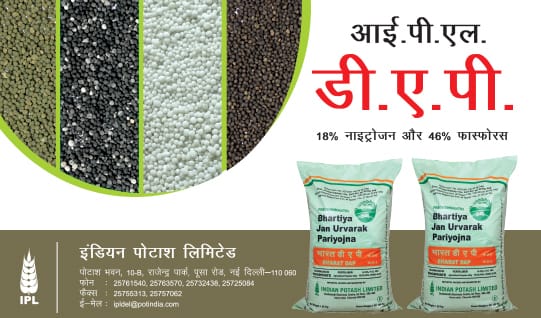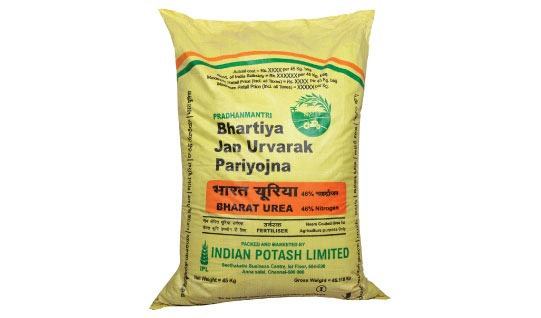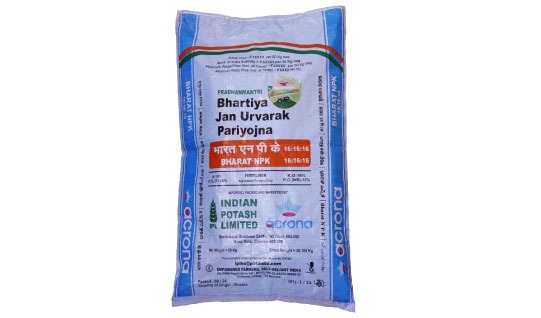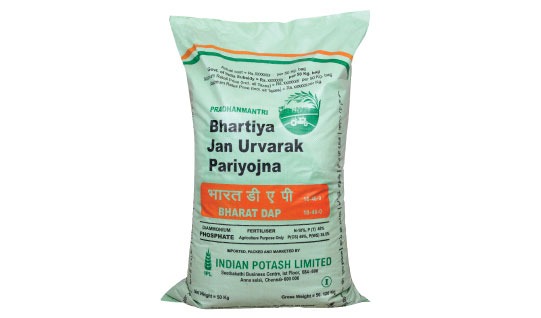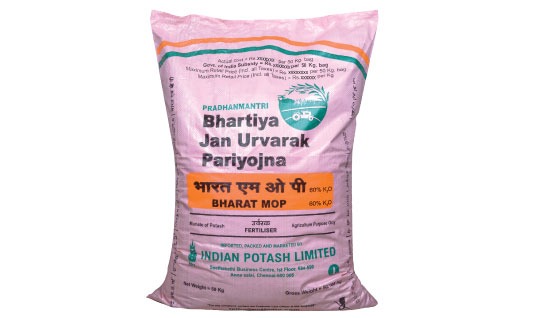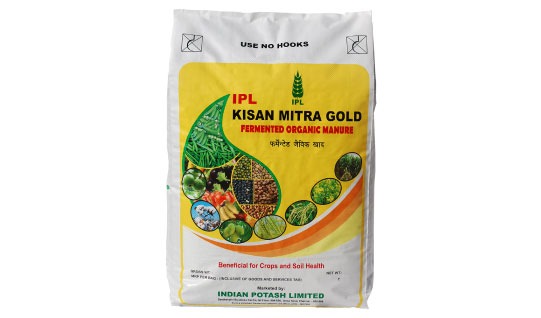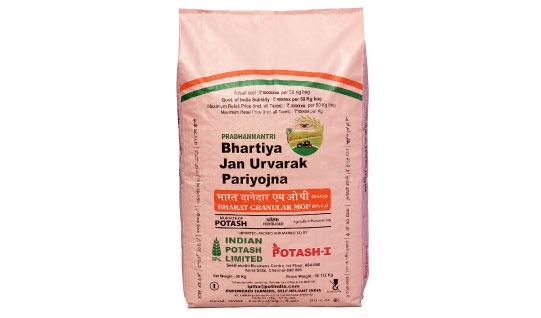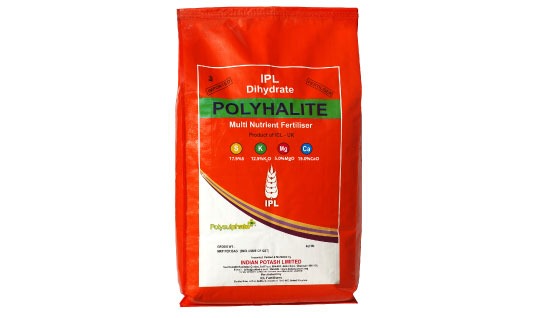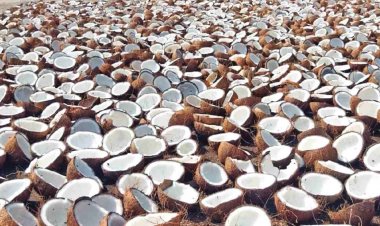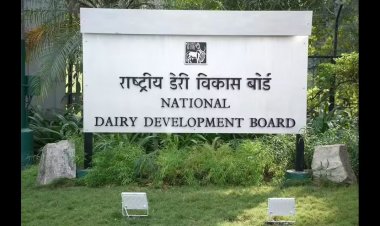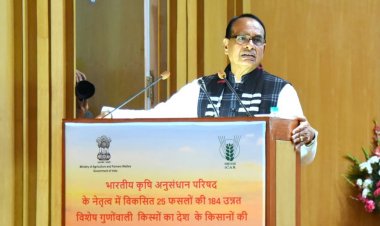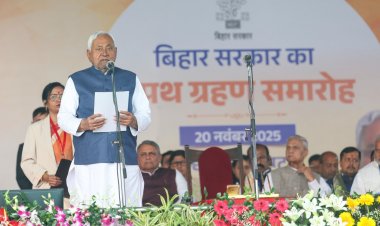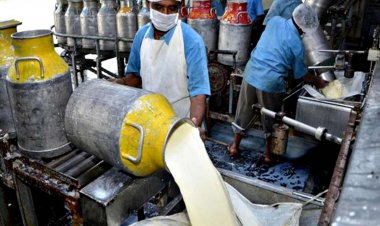From Rain to Rate Cuts: Mapping the Monsoon’s Ripple Effect on the Economy
The positive agricultural outlook is already evident. Wheat procurement has surged by 24 percent over last year, and Rabi crop output is up by over 3 percent year-on-year.
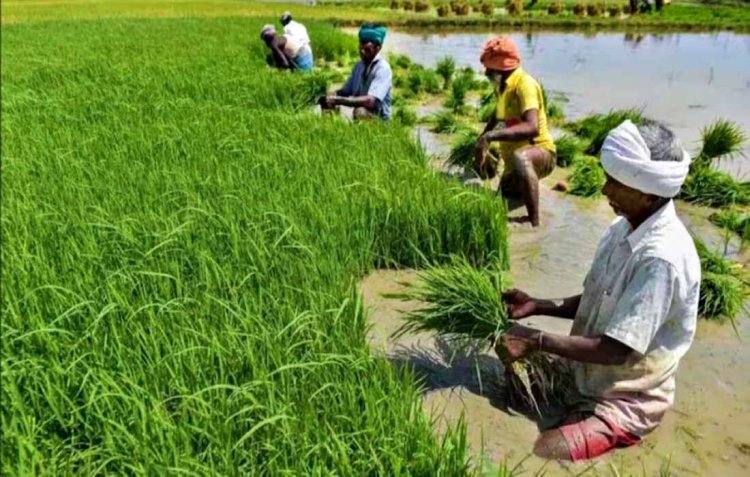
India’s economy is poised for a significant uplift, driven by a robust monsoon season that has arrived early and is delivering above-average rainfall. This favourable weather pattern is expected to have far-reaching implications for inflation, economic growth, and the Reserve Bank of India’s (RBI) monetary policy, with further rate cuts.
Dr. Manoranjan Sharma, Chief Economist at Infomerics Valuations and Ratings, highlighted the historical dependence on monsoon, stating, “Indian agriculture has historically been subject to the vagaries of the monsoon, often referred to as ‘a gamble in monsoon’.” While agriculture's share of GDP has decreased to about 18 percent in 2024 from 52 percent in 1951, it still employs approximately 54 percent of the total workforce, underscoring its crucial role in economic growth and distributive equity.
The latest indications suggest seasonal rainfall will reach 105 percent of the Long Period Average (LPA), with a margin of +/-5 percent. This, coupled with softening inflation, presents a compelling case for monetary easing. India’s CPI inflation notably softened to 3.2 percent in April, the lowest since July 2019, primarily due to a sustained decline in food prices.
Sankar Chakraborti, MD & CEO, Acuité Ratings & Research Limited, echoed this sentiment, noting that April's inflation figures signal "a rare and favourable policy window." He emphasised that the current moderation in inflation is "broad-based across multiple segments of the consumer basket," suggesting a sustained structural easing in price pressures, which allows the RBI to prioritise growth support without jeopardising price stability.
India Ratings and Research (Ind-Ra) also anticipated further monetary easing, expecting the policy repo rate to be reduced by 50-75 basis points in FY26, supporting a robust consumption demand.
Monsoon's Ripple Effect on the Economy
A strong monsoon is expected to rejuvenate aquifers and reservoirs, providing a significant impetus to the rural economy. Smallcase manager GoalFi projects 10-15 percent year-on-year earnings growth in agri-linked sectors in H2 FY26, driven by increased rural liquidity and demand recovery. This includes sectors such as tractors, agri-inputs, rural NBFCs, and consumer durables.
Robin Arya, smallcase Manager and Founder, GoalFi, remarked, "India finds itself at a unique confluence in 2025, with the monsoon arriving early and delivering above-average rainfall, and a decisive electoral outcome setting the stage for policy continuity." He believes this alignment provides a "stabilising base for inflation control, rural consumption, and capex-led growth."
The positive agricultural outlook is already evident. Wheat procurement has surged by 24 percent over last year, and Rabi crop output is up by over 3 percent year-on-year. Furthermore, the government's increase in MSPs for Kharif 2025-26, raising paddy MSP to ₹2,369 per quintal, is expected to further boost farmer sentiment.
Revival in Rural Consumption and Sectoral Impact
A normal monsoon typically lifts rural incomes by 5-7 percent, creating a ripple effect across consumption-linked sectors. Smallcase manager GoalFi predicts a 6-8 percent uptick in sales for rural-focused FMCG, two-wheelers, and farm equipment segments over the next six months. Companies like Mahindra & Mahindra and Escorts Kubota have already reported increased tractor sales, attributing it to early sowing and favourable monsoon conditions.
Rural NBFCs and microfinance lenders are also anticipating improved credit demand and repayment cycles. The broader equity market is expected to benefit from increased consumption visibility, lower inflation, and monetary easing, potentially driving Nifty 50 returns in the range of 6–8 percent over the next two quarters, led by midcaps and rate-sensitive sectors like housing, automobiles, and NBFCs.
Despite the overwhelmingly positive outlook, some sectors may face near-term pressures. Smallcase manager GoalFi notes that early rains have led to a drop in cement prices in South India due to construction disruptions, potentially impacting margins for companies like Ramco, Dalmia Bharat, and UltraTech Cement. Power consumption has also declined due to cooler weather and subdued industrial activity, affecting cooling product sales.
However, the overall sentiment remains optimistic, with the favourable monsoon and the anticipated monetary easing by the RBI setting the stage for a period of robust economic growth and improved consumption demand across India.



 Join the RuralVoice whatsapp group
Join the RuralVoice whatsapp group
